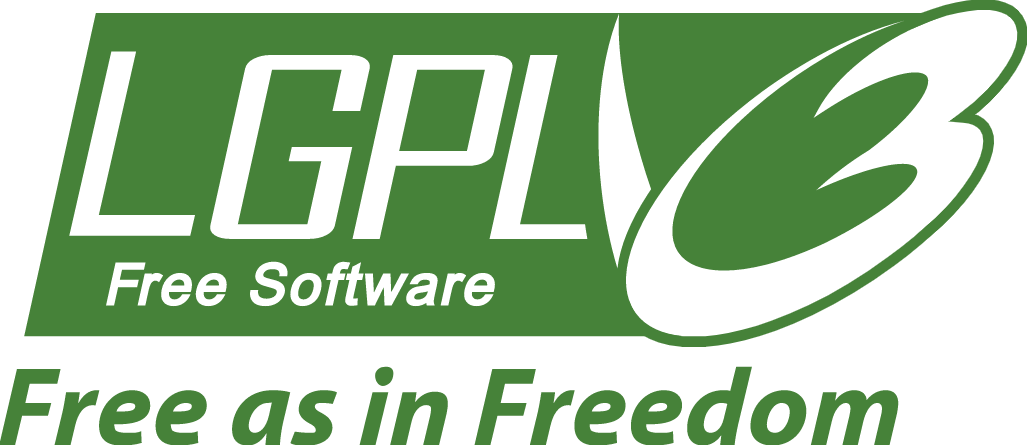WordPress License: What Is GPL and How It Works With Plugins and Themes
Being an open-source content management system (CMS), WordPress uses the GNU General Public License (GPL) to protect software based on its source code. It means all derivative work, including WordPress themes and plugins, automatically inherits the GPL license.
Knowing how the license works is vital for WordPress developers to ensure their compliance when distributing themes, plugins, and software patches. The same goes for WordPress users who implement byproducts of the WordPress code in their websites.
This article will explain the function of GPL licensing, including its impact on the WordPress community as well as themes and plugins. We will also compare GPL with other types of software licenses.
Let’s start by learning how the free software license works in the WordPress ecosystem.
What Is WordPress GPL?
WordPress GPL is an open-source software license that provides legal protection for the CMS and its derivative work, such as themes and plugins. An end user can copy, modify, and redistribute GPL-licensed software for free, but it will fall under the same license terms.
How Does WordPress GPL Work
Originally created for the GNU operating system, GPL aims to counter proprietary digital products. It guarantees software users four freedoms:
- The freedom to run GPL-licensed software for any purpose.
- The freedom to study and modify the software’s source code.
- The freedom to redistribute the software to benefit the community.
- The freedom to share the software’s modified versions under the same licensing.
WordPress licenses its source code under GPL since it suits the platform’s open-source nature. The free software license gives site owners and developers free access to WordPress code, allowing them to create new features and make suggestions to improve the CMS.
Accordingly, all derivative work automatically inherits the same WordPress licensing terms. Plugin and theme developers must guarantee GPL’s four freedoms when publishing their work on WordPress’ official directory.
With GPL, WordPress creates a collaborative community that encourages knowledge sharing in improving the CMS. In short, WordPress remains free to this day mainly due to GPL.

GPL Compared to Other Licenses
To better understand why WordPress chose GPL, let’s review how it compares to other software licenses.
The following is a breakdown of the three most common software licenses besides GPL ‒ LGPL, BSD, and MIT.
LGPL
While the GPL license impacts all components of software programs, the GNU Lesser General Public License (LGPL) only applies to open-source software libraries. This software license enforces weak copyleft requirements, making LGPL code more flexible for building commercial software.
Developers who dynamically link their proprietary software to an LGPL-licensed library can distribute their application code under any license. However, if you modify the library and later distribute it, you must disclose the source code of the modified version.
BSD
BSD is a permissive license with minimal usage and redistribution restrictions. Initially published for a Unix-based operating system called Berkeley Standard Distribution, the BSD license is now applicable for freeware, shareware, and open-source software.
Like LGPL, this open-source license doesn’t require developers of BSD software to share their source code with users. Developers can release their work under a different license as long as they don’t use the names of the original code’s developers for self-endorsement.
MIT
Like BSD, MIT is a permissive license that allows developers to use, duplicate, modify, merge, publish, and sell copies of the original software for any purpose. The MIT license doesn’t contain patent provisions, so it’s compatible with other open-source licenses like GPL.
This license, created at the Massachusetts Institute of Technology, allows developers to incorporate open-source code into their closed-source projects. You don’t have to disclose the source code or its modifications as long as you include the original copyright notice in the copies.
Additionally, the MIT license allows for software use, modification, and redistribution under different license terms ‒ making it the opposite of GPL.
How GPL License Works With WordPress Plugins and Themes
Any theme or plugin listed on the WordPress official directory automatically inherits the GPL license since it counts as derivative work. Users can download and activate any GPL software, from the best plugins to popular free themes, on their WordPress site for free without buying license keys.
While GPL seems to favor end users, theme and plugin developers can earn money from their work without breaching license terms. Making money using GPL-licensed code is still ethical, as the term “freedom” only refers to the software’s use, modification, and distribution instead of price.
For instance, many developers market their WordPress themes and plugins as premium products by offering dedicated support for bug fixes and automatic updates via a subscription model. It’s primarily a marketing strategy since developers often store their software code in a Git repository for public access as per GPL license terms.
The reason why average WordPress users don’t use this opportunity to save money is that most of them don’t understand how GPL works. Furthermore, most beginners consider obtaining WordPress themes and plugins from popular channels much easier than installing them independently.
Important! Despite being free, GPL-licensed software isn’t the same as nulled software. The latter is the hacked version of premium software that usually contains malware. Even if someone sells nulled software at a discounted price, the revenue doesn’t go to the software’s original developer. Therefore, we strongly recommend against using a nulled plugin or theme.
Conclusion
Whether you’re a WordPress developer or a website owner, knowing how WordPress licensing works helps you leverage the platform to the fullest. It might even encourage you to contribute to the open-source community by suggesting modifications and developing your own theme or plugin.
We hope this article helped you understand the GPL license and its benefits for the WordPress community. If you still have questions, check out our FAQ section or leave a comment below.
WordPress License FAQ
Keep reading as we’ll cover frequently asked questions about WordPress licensing.
Why Is WordPress Released Under GPL?
WordPress code is released under the GPL license because it aligns with the CMS’ core value ‒ making the platform accessible to everyone. The free software license helps to nurture an inclusive community where anyone can access all modified versions of WordPress software and its derivative work. This also means users can edit WordPress themes and plugins as necessary.
Are GPL Plugins and Themes Safe?
WordPress has guidelines and test procedures to ensure a WordPress plugin or theme is safe and fully functional before listing it in the official directory. However, the same may not apply to GPL software distributed through third-party marketplaces since their screening process varies. We recommend checking the developer’s credibility to avoid downloading nulled software.
What Do You Pay For When You Buy GPL Themes and Plugins?
You get additional services when buying a GPL-licensed WordPress theme or plugin. In most cases, those services are dedicated support for troubleshooting and future updates. The core software is free because it inherits GPL license terms from WordPress.





